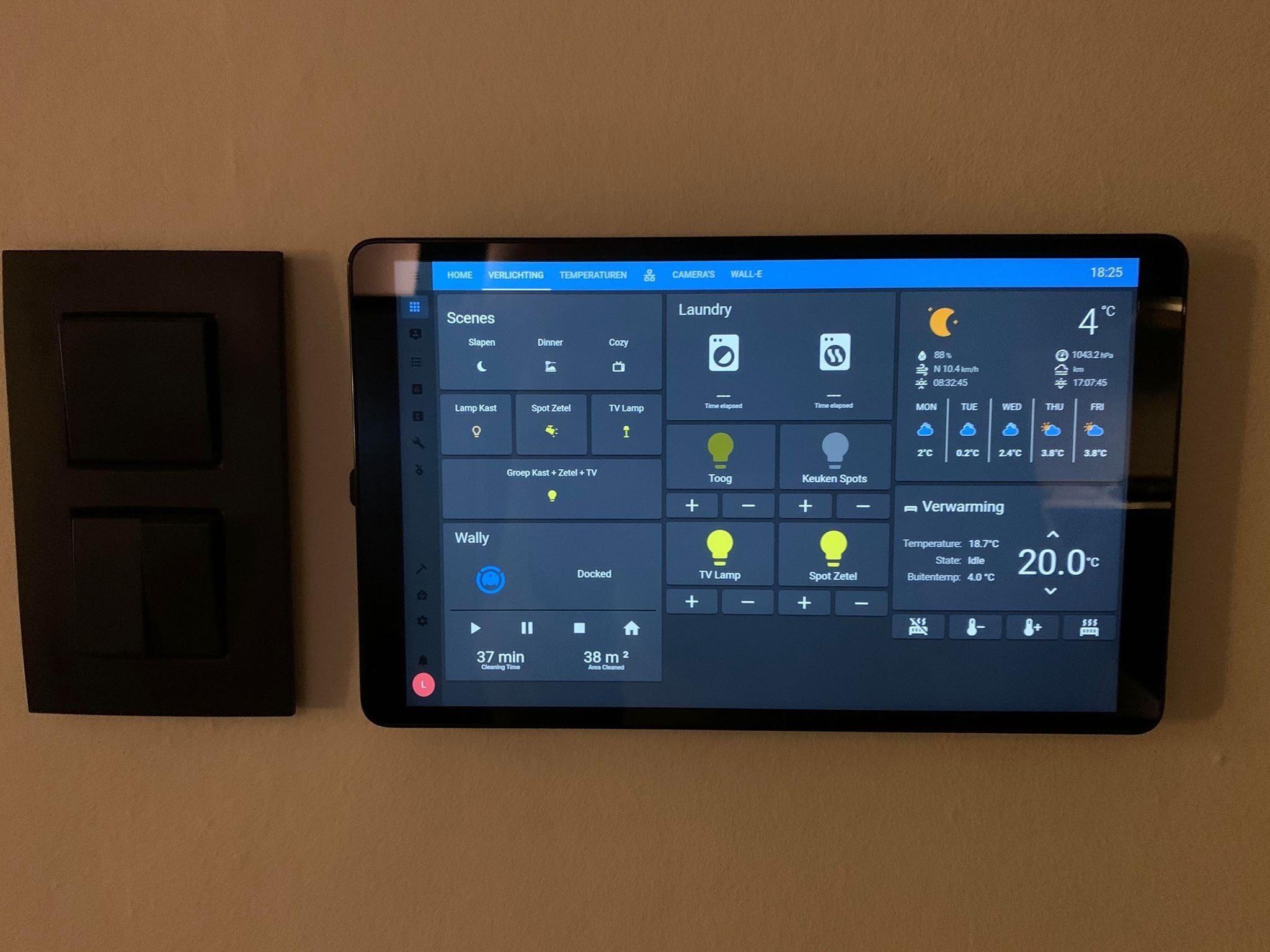
Introduction
In recent years, Android tablets have found uses beyond traditional personal applications. One innovative use involves mounting an Android tablet on a wall, creating an interactive display for presentations, educational content, and entertainment. This article will guide you through setting up and using an Android tablet as a giant wall tablet, covering hardware and software requirements, installation steps, and tips for optimal performance.
Hardware Requirements
To use an Android tablet as a giant wall tablet, ensure the device meets these hardware requirements:
- Screen Size: Look for tablets with screens measuring at least 10 inches diagonally. Larger screens like 12 inches or more are preferred for better visibility.
- Resolution: A minimum resolution of 1280×800 pixels is recommended. Higher resolutions like 1920×1080 or 2560×1600 pixels provide even better clarity.
- Mounting Compatibility: Choose devices with VESA mounting holes (usually 75mm or 100mm) for easy attachment to wall mounts or stands.
- Processor and RAM: A quad-core processor or better is recommended, along with at least 2GB of RAM for smooth performance.
- Storage: Ensure the tablet has at least 500MB of free storage for the operating system, apps, and data.
- Battery Life: A battery capacity of at least 4000mAh is advisable for extended usage.
- Connectivity: A stable Wi-Fi or 4G/5G connection is crucial for reliable internet access.
- Google Play Services: Ensure your device has Google Play Services installed for app updates and security features.
Software Requirements
The software plays a significant role in making your Android tablet functional as a giant wall tablet. Key software requirements include:
- Operating System: Your tablet must run Android 7.0 (Nougat) or higher.
- Browser Compatibility: Choose a browser optimized for large screens with features like split-screen mode.
- App Selection: Select apps designed for large screens with interactive features such as touch gestures or voice commands.
- Security and Privacy: Ensure the browser has encryption to protect your data. Look for HTTPS in the URL bar and avoid public Wi-Fi for sensitive activities.
Setting Up Your Android Tablet
Power On and Connect to Wi-Fi
- Power On: Turn on your Android tablet by pressing the power button.
- Connect to Wi-Fi: Go to Settings > Wi-Fi > Select your network > Enter password.
Install a Browser
- Open Google Play Store: Launch the Google Play Store app.
- Search for Browser: Search for your desired browser (e.g., Chrome, Firefox, Opera).
- Install Browser: Tap on the browser's name in the search results and press the Install button.
- Wait for Installation: Wait for the download and installation to complete.
- Open Browser: Open the newly installed browser by tapping Open.
Set Up Browser
- Sign In: Sign in to your account if prompted for a personalized experience.
- Customize Settings: Customize settings like default search engine, privacy options, and sync settings.
- Bookmark Sites: Bookmark your favorite sites for quick access.
Mounting the Tablet
- Choose Mounting Option: Decide on a mounting option such as a wall mount or a stand that fits your tablet's VESA holes.
- Attach Mounting Hardware: Attach the mounting hardware according to the manufacturer's instructions.
- Positioning: Position the tablet at an optimal height and angle for clear visibility from a distance.
Using Your Android Tablet as a Giant Wall Tablet
Displaying Content
- Open Browser: Open your chosen browser and navigate to the desired webpage or app.
- Split-Screen Mode: Use split-screen mode to display multiple windows simultaneously if needed.
- Interactive Features: Utilize interactive features like touch gestures or voice commands if supported by the app.
Educational Content
- Interactive Lessons: Use educational apps that offer interactive lessons designed for large screens.
- Multimedia Resources: Display multimedia resources such as videos and presentations for better engagement.
- Collaborative Tools: Utilize collaborative tools like whiteboards or document editors for group work.
Presentations
- Slide Shows: Display slide shows from PowerPoint or Google Slides for presentations.
- Interactive Slides: Use interactive slide apps that allow audience participation through polls or quizzes.
- Live Streaming: Stream live presentations or events directly from the tablet.
Entertainment
- Streaming Services: Stream movies and TV shows from services like Netflix or Hulu.
- Gaming: Play games designed for large screens that offer immersive experiences.
- Interactive Games: Engage in interactive games that use touch gestures or voice commands.
Tips for Optimal Performance
Regular Maintenance
- Update Software: Regularly update your operating system and browser to ensure you have the latest security patches and features.
- Clear Cache: Clear cache and cookies regularly to remove tracking data and improve performance.
- Disable Unused Apps: Disable unused apps to free up storage space and reduce clutter.
Security Measures
- Encryption: Ensure your browser has encryption to protect your data.
- HTTPS: Look for HTTPS in the URL bar to ensure the site is secure.
- VPN: Use a VPN to mask your IP address and encrypt your internet connection.
Permissions Management
- Grant Necessary Permissions: Only grant necessary permissions to apps and websites.
- Ad Blockers: Use ad blockers to prevent tracking by ads.
- Review Privacy Settings: Review privacy settings in your browser and adjust them to limit data sharing.
Using an Android tablet as a giant wall tablet offers numerous benefits, from educational content to entertainment. By following these steps and tips, you can set up and optimize your device for optimal performance. Whether you're looking to enhance presentations, educational sessions, or home entertainment, an Android tablet mounted on a wall can be a versatile and interactive solution.
